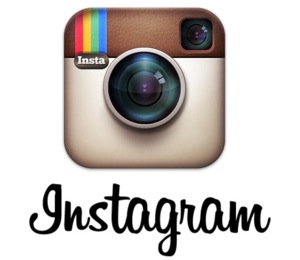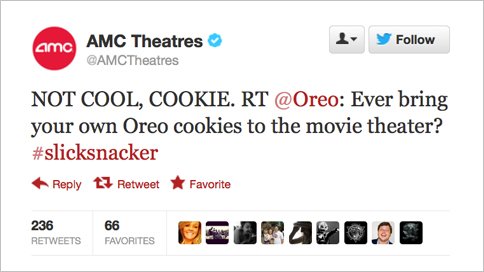
A few – maybe four or five – months ago I finally gave in and joined Instagram. I had avoided doing so for a while since I didn’t quite get it. OK, so you take a picture and add some funky filter to it and then so what? But then I went ahead and took the plunge and found it was actually quite a bit of fun. As has been pointed out elsewhere, it sort of focuses you to think about the image and its presentation a bit differently and then, on the audience side, provides a different sort of insight into the person who took the picture than a straight, #nofilter shot might.
For me personally I found that it started me thinking more visually for a change. I’ve always had an interest in photography but never really had the means to do anything about it. But now, after a period of forced “I will take an Instagram picture for X period of time” usage I’m seeing things in a different way. I’m lining up shots, I’m looking for interesting reflections and angles and so on. It’s opened up a part of my brain that had been closed for a while and, as I said, I’m having some fun with it.
More interestingly I’m having fun interacting and engaging with those I follow on that network, usually in ways that I otherwise may not have on some other platform. I’m Liking things, I’m commenting and so on in a different way than I am elsewhere. I guess the biggest change for me is that I’m finding value in those interactions despite my previous mindset, which was that everything outside of Twitter was peripheral and there was no need to build stand-alone networks on multiple channels.
If I were to draw a lesson out of my experience it would be this: Don’t be afraid to experiment. But if you do than make it a real experiment and not something that you’ll easily let fall by the wayside. There are challenges, benefits and lessons to get from doing so.





